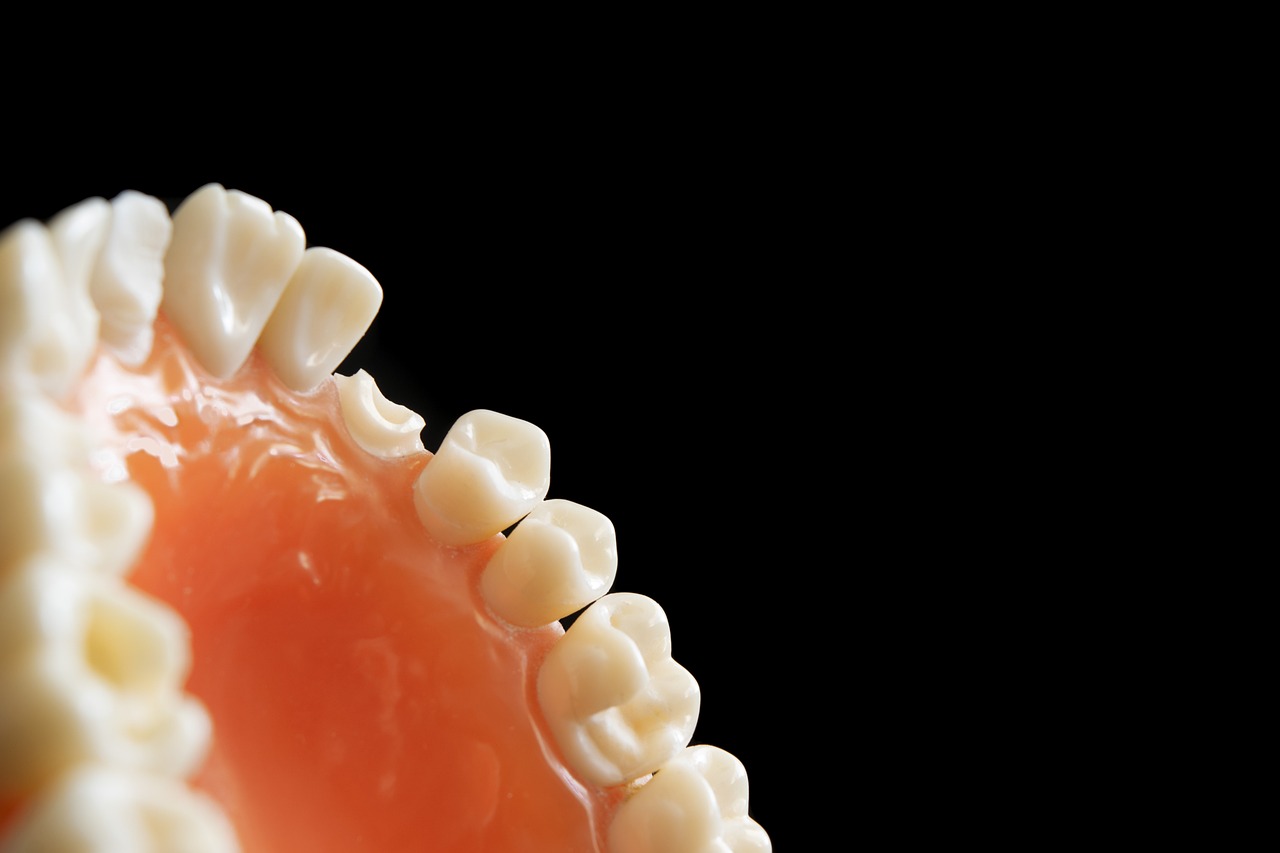With the increasing awareness of self-care, periodontitis, another common oral disease other than tooth decay, is receiving more and more attention. However, many questions about this disease still bother everyone, such as what kind of disease is periodontitis? How harmful is it? Why do some people fall victim to periodontitis? What is the key to periodontitis treatment?
How is periodontitis a disease?
As the name suggests, it’s not hard to guess that periodontitis is an inflammatory disease. There are two main types of factors that can cause inflammation in the body: injury and infection. Infection is defined as inflammation caused by biological factors. The biological factors in question include bacteria, viruses, etc. Therefore, periodontitis is essentially the same as our usual cold (i.e., upper respiratory tract infection, or epiglottitis).
Since the culprits of infectious diseases are biological factors, the key to treatment is also to control or eliminate biological factors.
Unlike most organs of the body, the mouth is naturally bacterial, which determines that the treatment of periodontitis (and tooth decay as well) can never be aimed at eliminating biological factors! Therefore, the philosophy of periodontal treatment has always emphasized the need to control biological factors, not to eliminate them.
How dangerous is periodontitis?
Periodontitis is a very difficult disease to “cure” because the biological factors that cause it cannot be eliminated. In other words, once periodontitis occurs, it cannot be cured. The ideal outcome of treatment is that periodontitis is effectively controlled.
Even though periodontitis is difficult to cure, it is important to try to control it.
This is because its greatest danger is that it can “uproot” teeth. This result is closely related to the power of the biological factors that cause periodontitis – periodontopathogenic bacteria. Periodontopathogenic bacteria are a special group of oral bacteria, mainly anaerobes. The surface material of their bodies, as well as the enzymes, toxins and metabolites they produce, can “eat” the periodontal tissues without even realizing it, leading to the eventual collapse of the periodontal tissues. As the saying goes, “if the skin does not exist, the hair will be attached”, the teeth eventually became the oral cavity of the “abandoned child”.
Why do some people fall victim to periodontitis?
While it’s true that the incidence of periodontitis is not low, it’s clear that not everyone will suffer from periodontitis. So what is the key factor that determines who will fall victim to periodontitis? It is, of course, the growth of periodontal pathogenic bacteria in an individual. Individuals who have a strong and active growth of periodontal pathogenic bacteria in their mouths are likely to fall victim to periodontitis.
As a germ-carrying organ, the mouth contains not only a wide variety of bacteria, but also a large number of them. In most cases, the mouth tends to have both cariogenic and periodontopathogenic bacteria, as well as a myriad of other types of microorganisms. But the fact is that many people don’t get cavities or periodontitis as a result. The reason for this is that these bacteria are in balance with each other. For those who do develop cavities or periodontitis, their oral bacteria are likely to be out of balance, with a particular type of bacteria – either cariogenic or periodontopathogenic – dominating.
Therefore, the fundamental factor that determines whether a person will become a victim of periodontitis is the status of periodontopathogenic bacteria in their mouth.
What is the key to periodontitis treatment?
Since the root cause of periodontitis is the dominance of periodontopathogenic bacteria in the oral cavity, which grow vigorously and actively, targeted control of periodontopathogenic bacteria is the key to periodontitis treatment.
How to control periodontal pathogenic bacteria? There are only two conventional methods: mechanical and chemical.
The so-called mechanical method is to mechanically remove the bacterial plaque (plaque) formed by periodontopathogenic bacteria. As mentioned earlier, periodontal pathogenic bacteria are mostly anaerobic, so it is mostly in the area of the gum margin (near the neck of the tooth) and below. It is very important for people with periodontitis to thoroughly clean this area of plaque. Whether brushing or flossing, it is important to avoid missing this area. Dental cleanings, on the other hand, make this area a priority target.
Chemical methods mostly refer to rinsing using mouthwashes that contain antimicrobials. Given that most antimicrobials are broad-spectrum, they are obviously less targeted than mechanical methods. Also, antimicrobials used for a long time can create new problems such as an imbalance in the bacterial flora.
Therefore, the preferred method of treating periodontitis is always mechanical – brushing, flossing, scaling, etc.
Now you know, right? Essentially, periodontitis is an infectious disease much like a cold. Since the causative agent of periodontitis is present in the mouth, a natural organ that carries bacteria, it is impossible to eliminate it, but only to control it effectively. Once periodontitis gets out of hand, the result is likely to be the complete loss of teeth, so its dangers should not be underestimated. The fundamental factor that determines whether a person will have periodontitis is not whether there are periodontopathogenic bacteria in the mouth, but whether such bacteria have been able to “cover the sky and do whatever they want”. The most effective means to combat the arrogance of periodontal pathogens is to brush, floss and clean your teeth, which are seemingly simple but effective!



